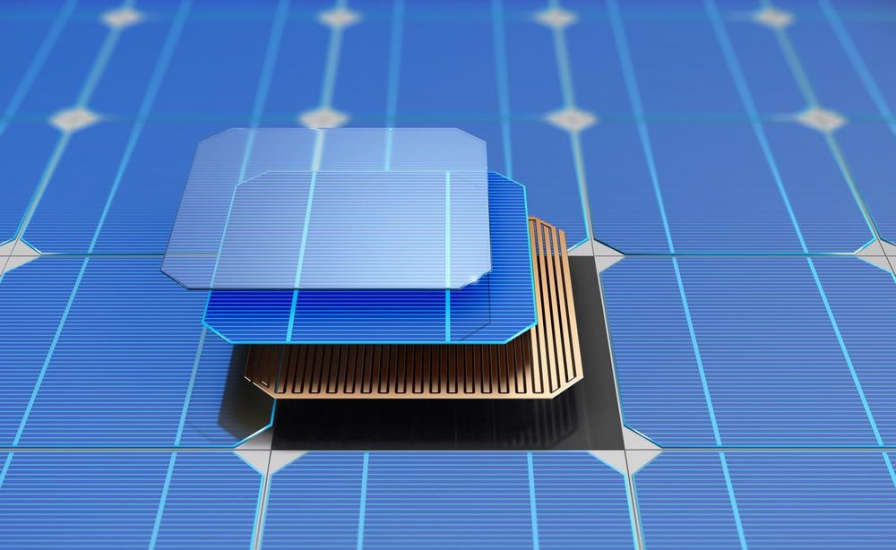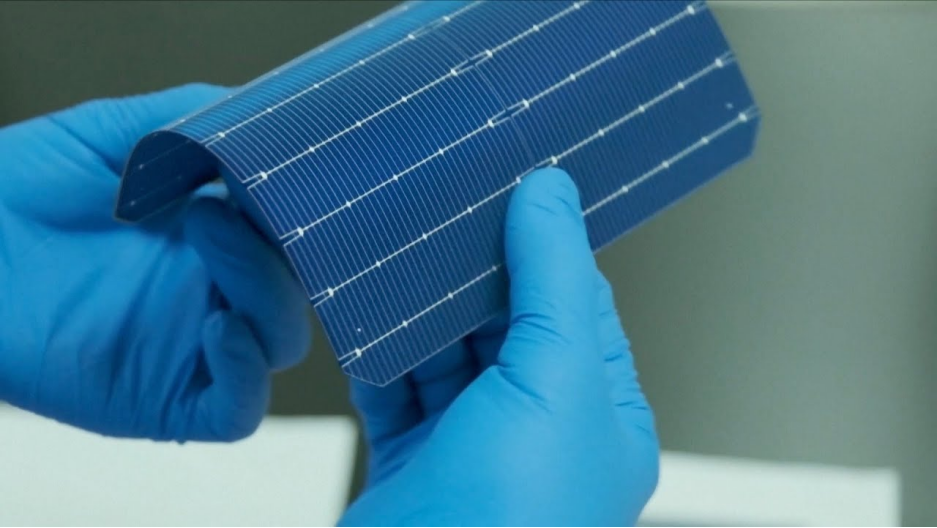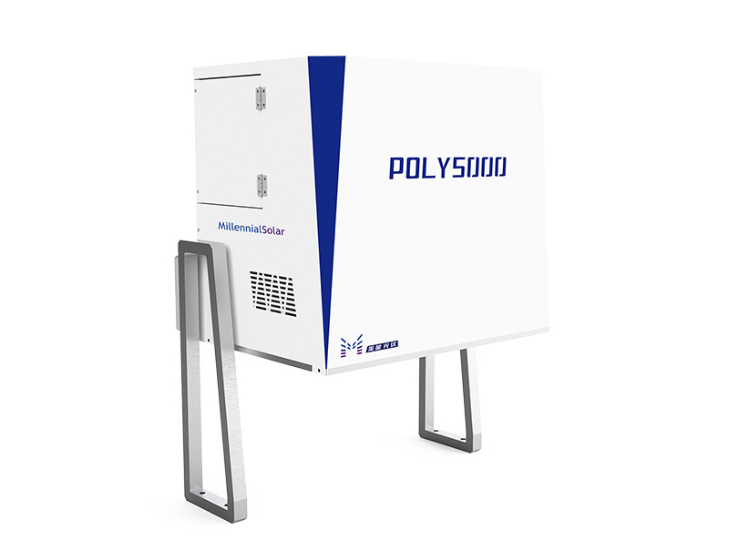
Quantum Efficiency Tester
PL/EL Integrated System
PV-Reflectumeter
3D Confocal Microscope
In-Line Four Point Probe Tester
Four Point Probe Tester
In-Line Thin Film Thickness Tester
Raman Spectrometer
FTIR Spectrometer
Spectrophotometer
Automatic Spectroscopic Ellipsometer
Contact Resistance Tester
Ultra depth of field 3D microscope
Auto Visual Tester
VMM PV Vision Measuring Machine
Solar Cell Horizontal Tensile Tester
Steady State Solar Simulator for Solar Cell
Solar Cell UV Aging Test Chamber
Solar Cell Comprehensive Tensile Tester
Visual Inspection Tester
Wet Leakage Current Tester
PV Module EL Tester
PV Module UV Preconditioning Chamber
Steady State Solar Simulator for PV Module
Current Continuous Monitor
Potential Induced Degradation Test
Bypass Diode Tester
LeTID Test System
Reverse Current Overload Tester
Impulse Voltage Tester
Hipot Insulation Tester
Ground Continuity Tester
Hipot Insulation Ground Tester
Damp Heat Test Chamber
Humidity Freeze Test
Thermal Cycle Test Chamber
Dynamic Mechanical Load Tester
Static Mechanical Load Tester
Hail Impact Tester
Robustness of Termination Tester
Module Breakage Tester
Cut Susceptibility Tester
Peel Shear Strength Tester
Universal Testing Machine (Single-arm)
Universal Testing Machine (Double-arm)
Glass Transmittance Tester
Acetic Acid Test Chamber
EVA Degree of Crosslinking Test System
Junction Box Comprehensive Tester
Drop ball tester
Semi-automatic scanning four-probe tester
Stylus Profilometer
Maximum Power Point Tracker
Perovskite Glass Transmittance Tester
Perovskite P1 Laser Scribing Multifunctional Testing Machine
Perovskite Online PL Tester
Perovskite Online Sheet Resistance Tester
Online Perovskite Film Thickness Tester
Perovskite Process Inspection Workstation
Portable IV Curve Tester
Portable EL Tester
Portable Thermal Imaging Tester
Solar Module Multi-Channel Testing System
PV Inverter Power Quality Tester
Drone EL Tester
IV Tester
IVEL Cell Sorting Machine
Performance Advantages and Development Prospects of Inorganic Thin Film Solar Cells
Date : 2023-12-26Views : 140
As an important member of the new generation of solar cells, inorganic thin film solar cells have attracted widespread attention from many photovoltaic enterprise users due to their excellent performance advantages and broad development prospects. However, in order to conduct a deeper value evaluation of its performance advantages and thus reflect the future development direction and areas that need adjustment and optimization, it is necessary to use scientific testing equipment with theoretical and practical testing equipment. POLY Built-in Thin Film Thickness Measurement Instrument produced by Millennial Solar can indirectly characterize the film thickness, optical constants and other performance parameters of thin film solar cells by measuring the film thickness of solar cells after film deposition, helping cell manufacturers to produce efficiently!

![]()
Performance advantages of inorganic thin film solar cells
Inorganic thin film solar cells refer to thin film solar cells based on inorganic compounds, mainly including cadmium telluride (CdTe), copper indium gallium selenide (CIGS), silicon-based (a-Si, μc-Si, nc-Si, etc.) etc types. It has many performance advantages and is a very important new solar cell.
● High conversion efficiency: The conversion efficiency of inorganic thin film solar cells is currently the highest among thin film solar cells, approaching or exceeding crystalline silicon solar cells. Currently, the highest laboratory conversion efficiency of CdTe thin-film solar cells is 22.1%, and the highest conversion efficiency of mass-produced modules is 19.5%; the highest laboratory conversion efficiency of CIGS thin-film solar cells is 23.4%, and the highest conversion efficiency of mass-produced modules is 19.2%; The highest laboratory conversion efficiency of silicon-based thin film solar cells is 14.6%, and the highest conversion efficiency of mass-produced modules is 10.2%.
● Low cost: The preparation process of inorganic thin film solar cells is simple and does not require high temperature, high vacuum, and high purity conditions. Thin film materials can be deposited on low-cost substrates (such as glass, stainless steel, or plastic), and the thickness of the film is only A few microns and less material consumption are required, so the cost of inorganic thin film solar cells is much lower than that of crystalline silicon solar cells.
● Good stability: The materials of inorganic thin film solar cells have high chemical inertness, corrosion resistance, high temperature resistance, radiation resistance and other properties. Therefore, the stability and reliability of inorganic thin film solar cells are better than those of organic thin film solar cells, and they can generally be used. 10-15 years or more.
● Good low-light performance: The photosensitive layer of inorganic thin-film solar cells is amorphous or polycrystalline and has no long-range ordered structure. Therefore, inorganic thin-film solar cells have a high absorption coefficient of photons and can operate under low light intensities. Produce higher current density, while crystalline silicon solar cells require higher light intensity to produce higher current density. Therefore, inorganic thin film solar cells have better low-light performance than crystalline silicon solar cells and are more suitable for cloudy days, morning and evening , indoor and other low light conditions.
● Strong applicability: The preparation process of inorganic thin film solar cells is flexible, thin film materials can be deposited on substrates of various shapes and sizes, and the optical and electrical properties of thin film materials can be adjusted through methods such as doping or alloying, so inorganic thin film solar cells can be designed with different structures and parameters according to different application requirements, and have strong applicability and flexibility.

![]()
Development Prospects of Inorganic Thin Film Solar Cells
Inorganic thin film solar cells have great development prospects in future civil and even industrial applications due to their high efficiency, low cost, stability, low light, and adaptability. Inorganic thin film solar cells have unique advantages and potential. However, inorganic thin film solar cells also face some challenges and problems.
● Material supply: Some materials in inorganic thin film solar cells, such as cadmium, indium, gallium, selenium, etc., are rare metals with limited resources, expensive prices, and certain toxicity, posing risks of environmental pollution. Therefore, the material supply of inorganic thin film solar cells is an important factor restricting their development. It is necessary to find more alternative materials or improve the utilization of materials, reduce material consumption and costs, and reduce material emissions and pollution.
● Technological innovation: Although the conversion efficiency of inorganic thin film solar cells has reached a very high level, there is still room for improvement. It is necessary to continuously innovate and improve the preparation process, structural design, interface optimization and other aspects of thin film materials to improve the performance of thin film materials. It is also necessary to improve the stability and reliability of thin film materials and extend the service life of thin film solar cells while improving the performance of light absorption, charge transport and collection.

![]()
POLY Built-in Thin Film Thickness Measurement Instrument
In the process of evaluating the performance advantages of inorganic thin film solar cells and looking forward to their development prospects, it is not enough to rely solely on theoretical inferences. Multiple systematic tests must be conducted by combining theory with practice. Performance advantages are often the key to infer whether it has broad development prospects. POLY Built-in Thin Film Thickness Measurement Instrument can help solar cell manufacturers better solve performance problems and conduct objective thin film thickness data characterization from a physical perspective. Photovoltaic enterprise users and cell manufacturers can use the thin film thickness data parameters obtained from the characterization , used in conjunction with other thin film performance testing equipment owned by Millennial Solar, so as to achieve the purpose of synchronizing production and inspection, and paralleling quality and service!

E-mail:market@millennialsolar.cn
POLY Built-in Thin Film Thickness Measurement Instrument is an online Poly film thickness tester specially designed for photovoltaic process monitoring. It can quickly and automatically scan the sample at 5 points simultaneously to obtain film thickness distribution information at different locations of the sample. It can be customized according to customer requirements. Sample sizes are custom measured.
● Effective spectral range 320nm~2400nm
● Fast, automatic 5-point synchronous scanning
● Repeatability accuracy <0.5nm
●Super wide measurement range 20nm~2000nm
●Online monitoring and detection to achieve zero fragmentation rate
● Realize automatic inspection of the entire production line, greatly saving inspection time
As the new solar cell with the highest conversion efficiency currently known, inorganic thin film solar cells have many objective performance advantages and are expected to become a key member of new solar cells after solving the problems encountered in future development. POLY Built-in Thin Film Thickness Measurement Instrument can help cell manufacturers evaluate film thickness and characterize optical constants faster, thus safeguarding the future development of inorganic thin film solar cells!

































































